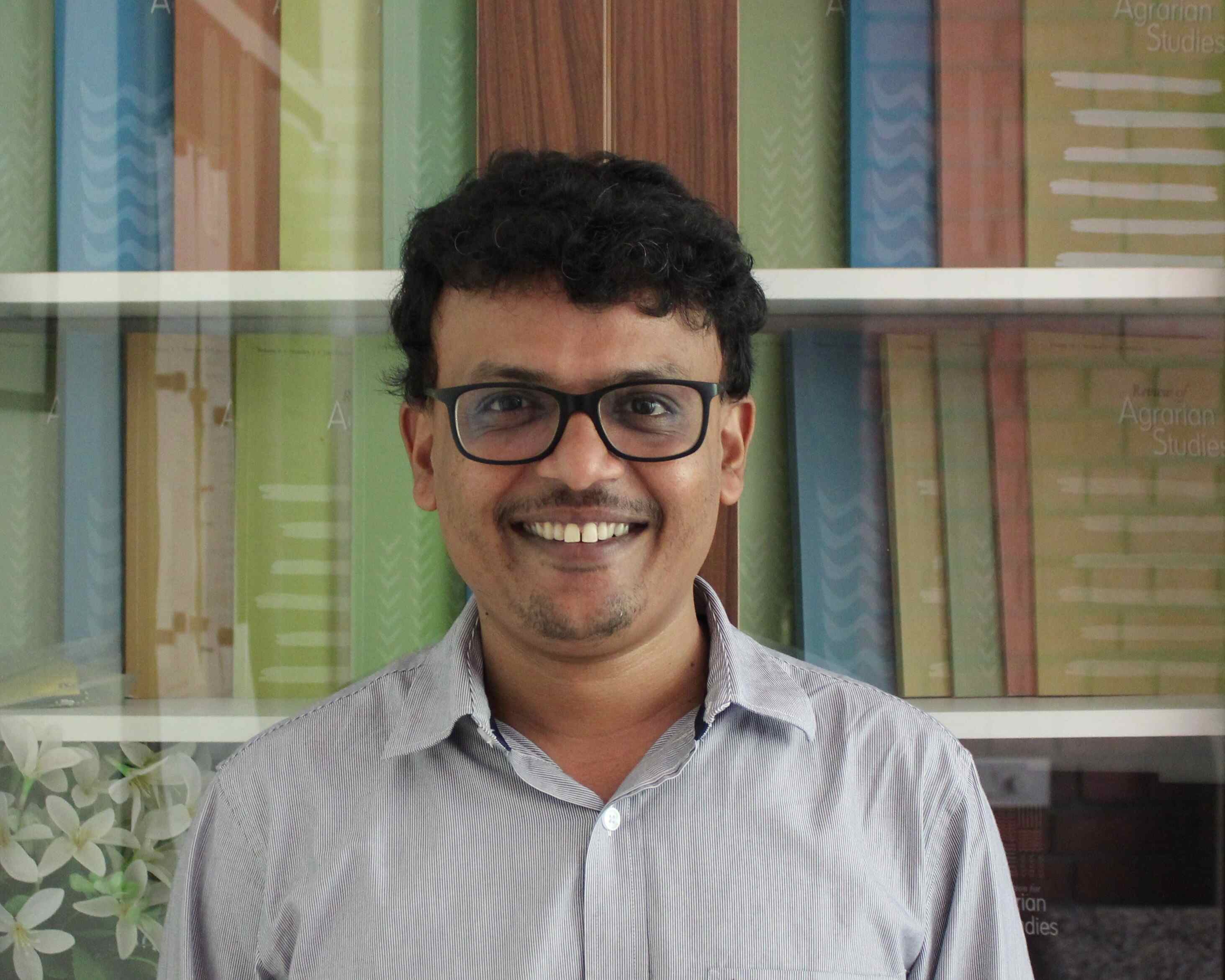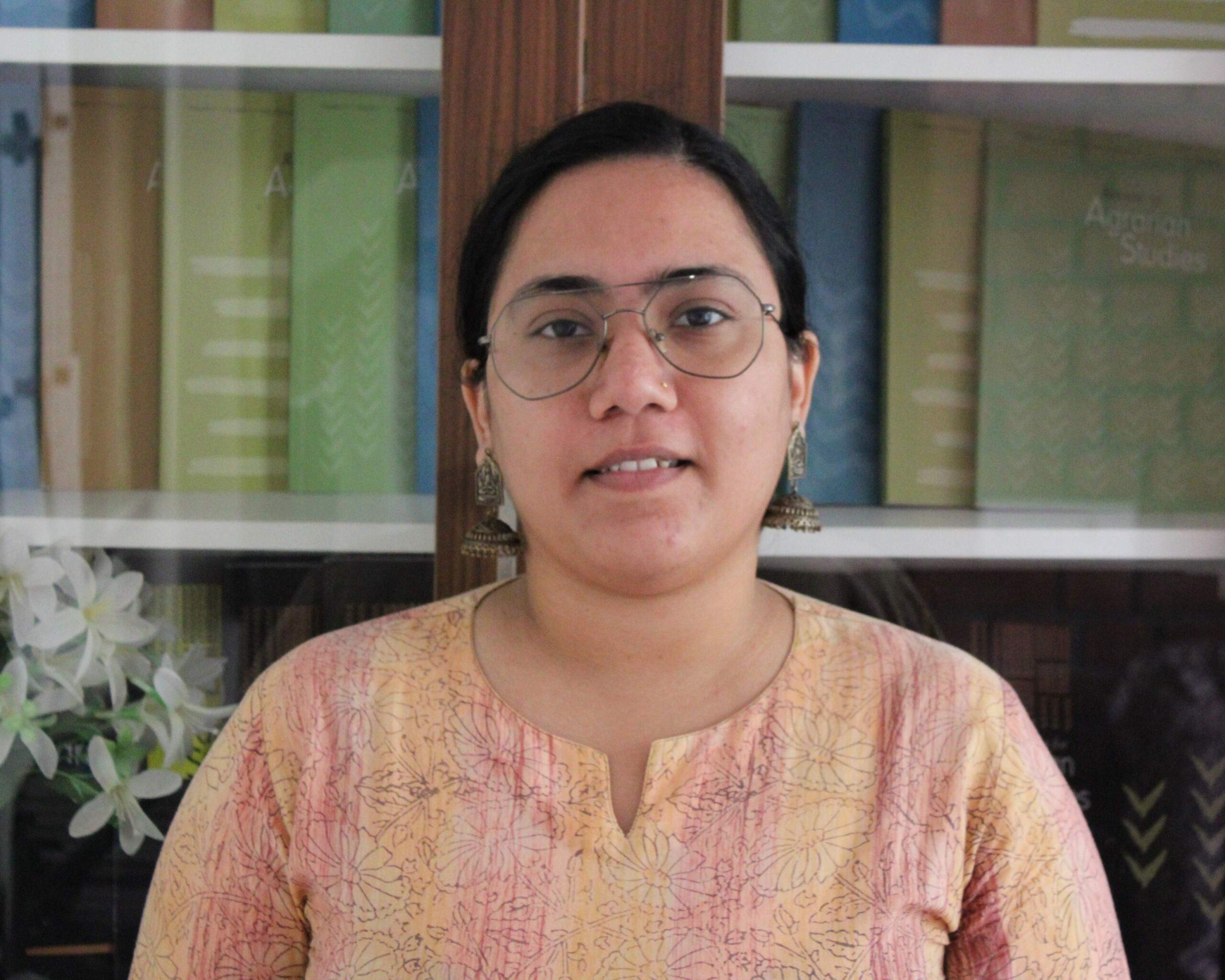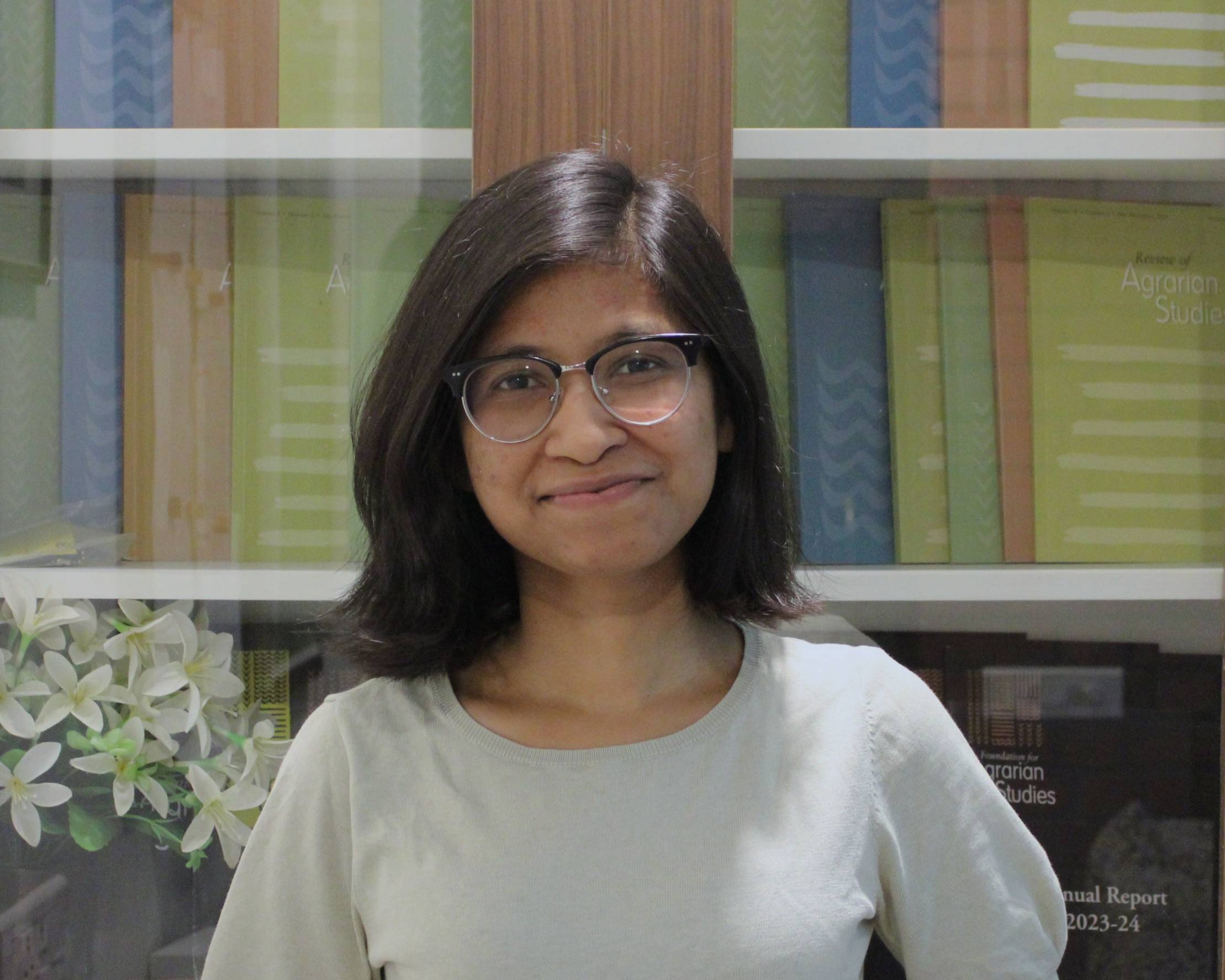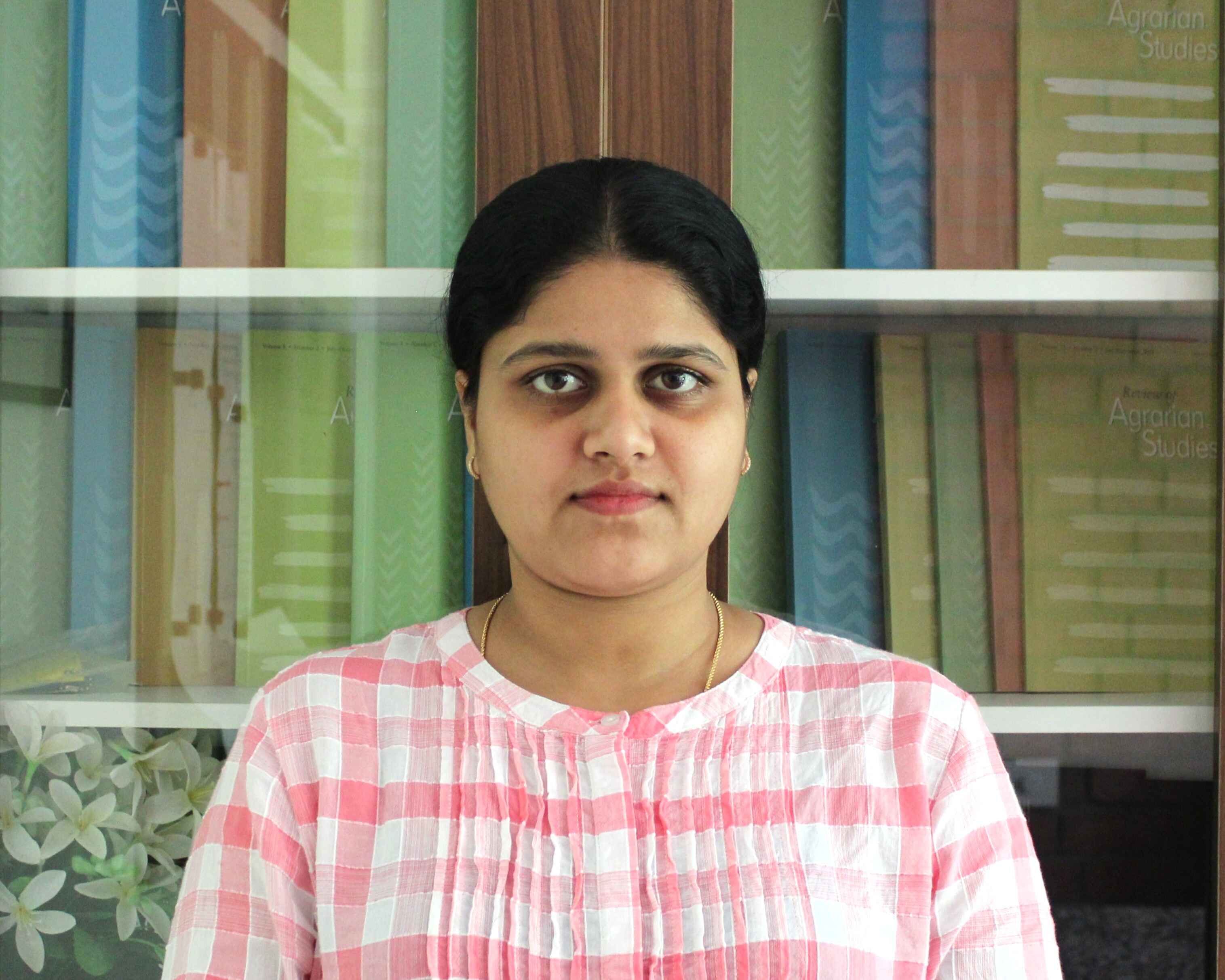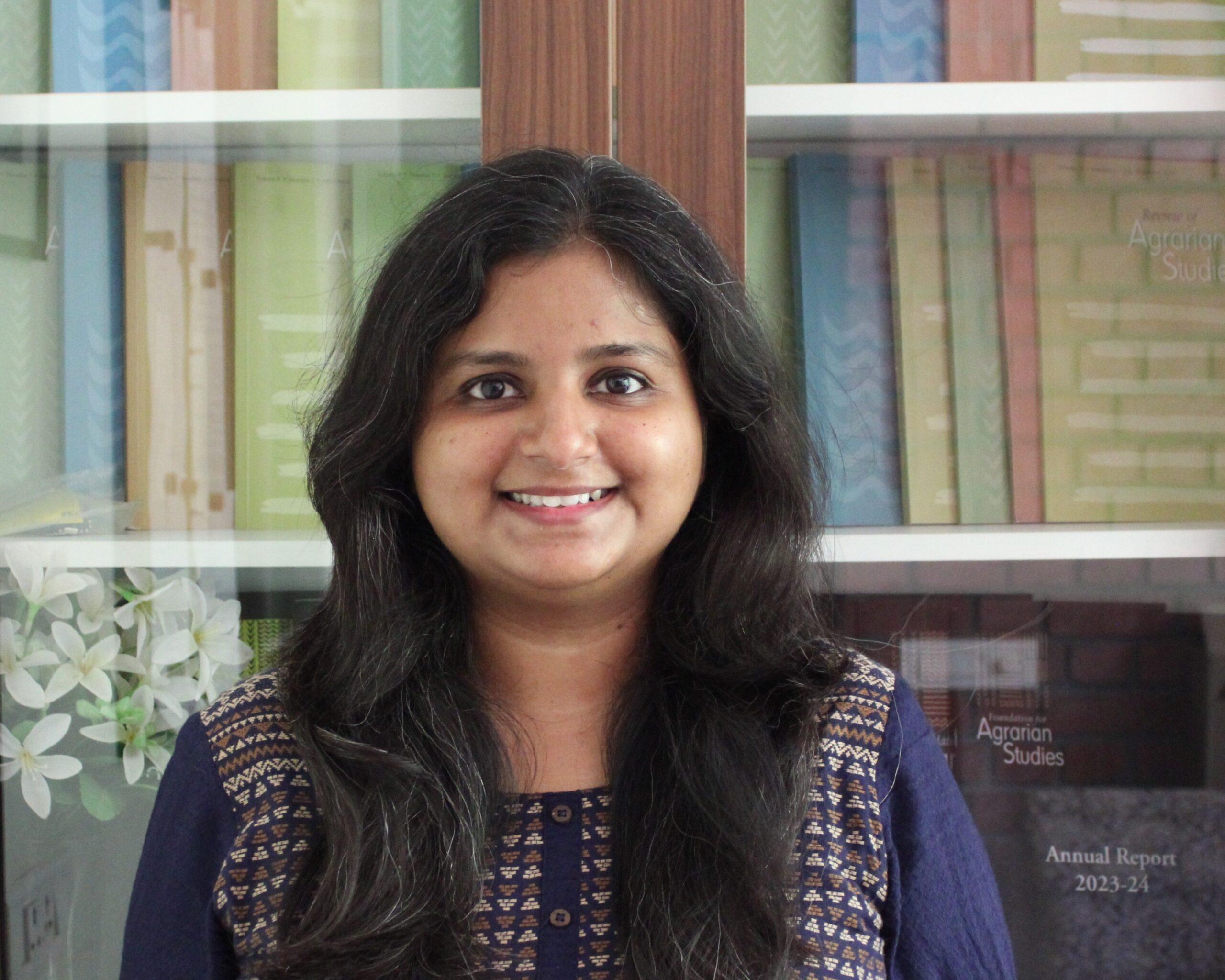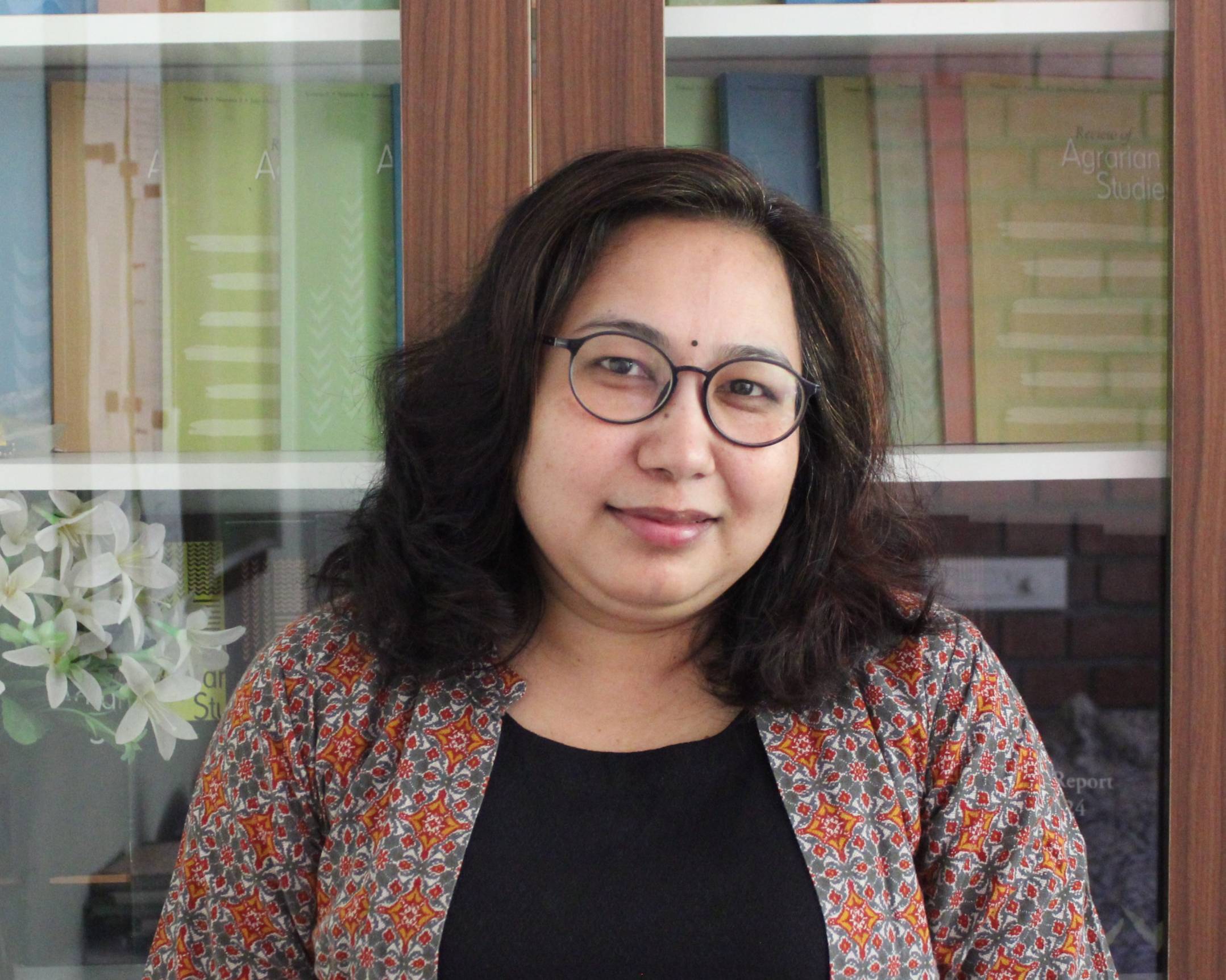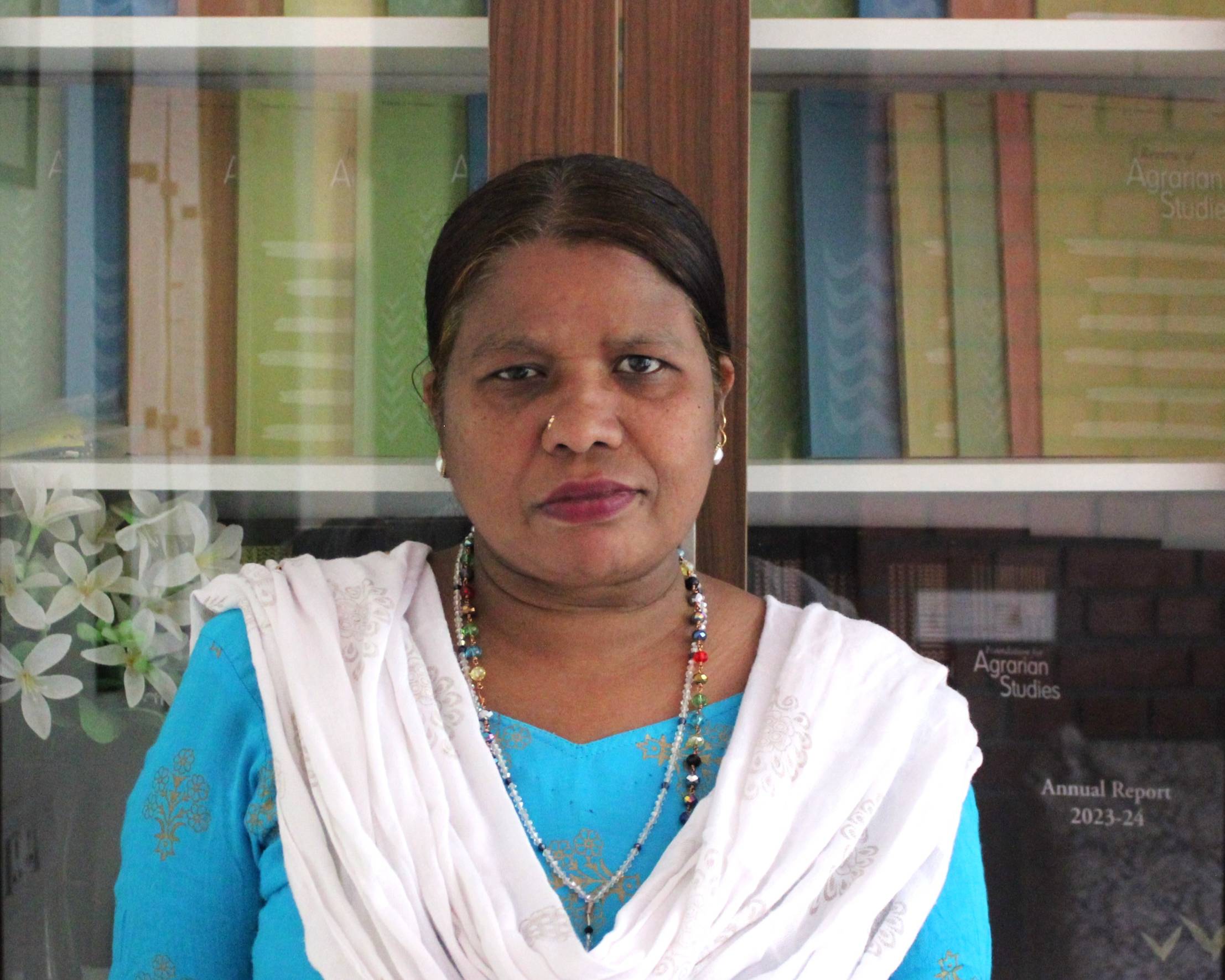Agriculture develops with the help of modern technology and techniques. High level of machine use and improved inputs leads to better productivity. Access to technical advice or extension services, which supports farmers to adopt modern techniques developed by agricultural researchers and scientists, is a very important factor for farm households to realise the benefits of technological transformation.
The Situation Assessment Survey of Agricultural Households (SAS), organised by the National Statistics Office, collect detailed information about access to technical advice of agricultural households (The SAS also collect information on other aspects of farming and for a related note on MSPs and procurement operations based on SAS, see this blog). The recent SAS report provides the most recent picture about access to extension services among agriculture households. In comparing data with the previous round of SAS held in 2012-13, we can also see changes in how agricultural households accessed extension services between 2012-13 and 2018-19 (Table 1).
A few changes have to be noted between 2012-13 and 2018-19. The number of sources considered for SAS 2018-19 was 15, increasing from the previous round of survey (2012-13), which had captured information related to only eight sources. But this aside, the comparison between these two years brings out three major features.
First, the proportion of households that access extension services has only seen a marginal increase in the six years under consideration. At all-India level, about 41 percent of total agricultural households received any technical support from any source in kharif season 2012-13 (July – December2012). Compared to this, the proportion of households that received any technical advice was about 49 per cent in 2018-19. The proportion of households that received technical advice during rabi season (January – June) also saw a similar increase, from 35 to 42 per cent between these two years. It is worrying that the coverage of extension services only increased marginally and more than half of the agricultural households in India did not have access to any technical advice related to agriculture.
There are significant regional variations in proportion of agricultural households accessing technical information. In the southern States such as Tamil Nadu, Andhra Pradesh, and Kerala, more than 70 percent of agricultural households have received some technical information. Besides these States, technical information was received by a sizeable proportion of households only in Mizoram (more than 80 percent of total agricultural households). The eastern States such as West Bengal and Bihar lagged in this respect – less than 40 percent of agricultural households have received technical advice. The proportion of households that received technical advice varied between 50and60 percent of agricultural households in other States.
Secondly, there has been a decline in the proportion of households receiving public extension services. Government sources such as government extension workers, Krishi Vigyan Kendra, Agriculture University, and Veterinary Departments have seen a decline in information uptake by agricultural households. Most farmers that depended on government extension services for crop cultivation received technical support from extension worker or Agricultural Technology Management Agency (ATMA). The share of agriculture households who have accessed technical support from extension workers or ATMA declined from 6.2 percent in kharif season 2012-13 to 3.1 per cent in kharif season 2018-19. The other government sources such as Krishi Vigyan Kendra and Agricultural Universities provided information to 2.7 and 1.2 percent of total agriculture households in kharif season 2012-2013. The share of agricultural households that accessed these sources has been reduced to 1.3 and 0.3 per cent respectively in kharif season 2018-19. Households accessing veterinary departments, which provide information related to animal resources, also reduced from 2012-13 to 2018-19. Even if we aggregate the share of households across seasons and all government sources for crop cultivation (that is excluding veterinary department), the combined share of households accessing government sources will be less than 10 percent of agricultural households in 2018-19. It clearly shows that government agricultural extension services and technical advice are only reaching a few farmer households in India.
Thirdly, most of the technical information reaches agricultural households through private sources. At all-India level, progressive farmer, which includes individuals and private farmer organisations, input dealers, and mass media (radio, tv, newspaper, and internet) were the top three sources of technical information to agricultural households. The share of households receiving technical information from progressive farmers marginally increased from around 20 per cent in kharif season 2012-13 to around 23 per cent in kharif season 2018-19. There was a slight reduction in the number of households receiving information from mass media. Interestingly, the SAS 2018-19 brings out the relative importance of input dealers in terms of supply information to farmer. At all India level, around 20 per cent of agricultural households received information from input dealer. SAS 2012-13 did not specify input dealer as a source for technical information in its questionnaire. Farmers might be receiving information related to fertilizers and seeds while purchasing these from input dealers. Progressive farmers are usually the first source of contact for any agriculture-related information in rural India. Nevertheless, even use of private sources of information has not changed much.
Indian agriculture faces major challenges in addressing yield gaps, increasing incomes of smallholder cultivators, and lack of knowledge and training among cultivators in using modern inputs and machineries. While public extension services have played an important, even though limited, role to address some of the these issues in the past, the shift in policy from the 1990s have focused on cutting down expenditure in public extension service and pushing private sector in providing useful technical information to farmers. The recent data show that private agencies have not brought about any transformation in extension services in rural India. The number of agricultural households who are not covered by any extension service remains very high. There is an urgent need to improve this situation and in order to make quality extension services accessible to all farmers, governments must increase investment in public extension services.
About the author
Subhajit Patra is a Monitoring And Evaluation Analyst at CIMMYT. He previously worked as a Senior Data Analyst at the Foundation for Agrarian Studies.









